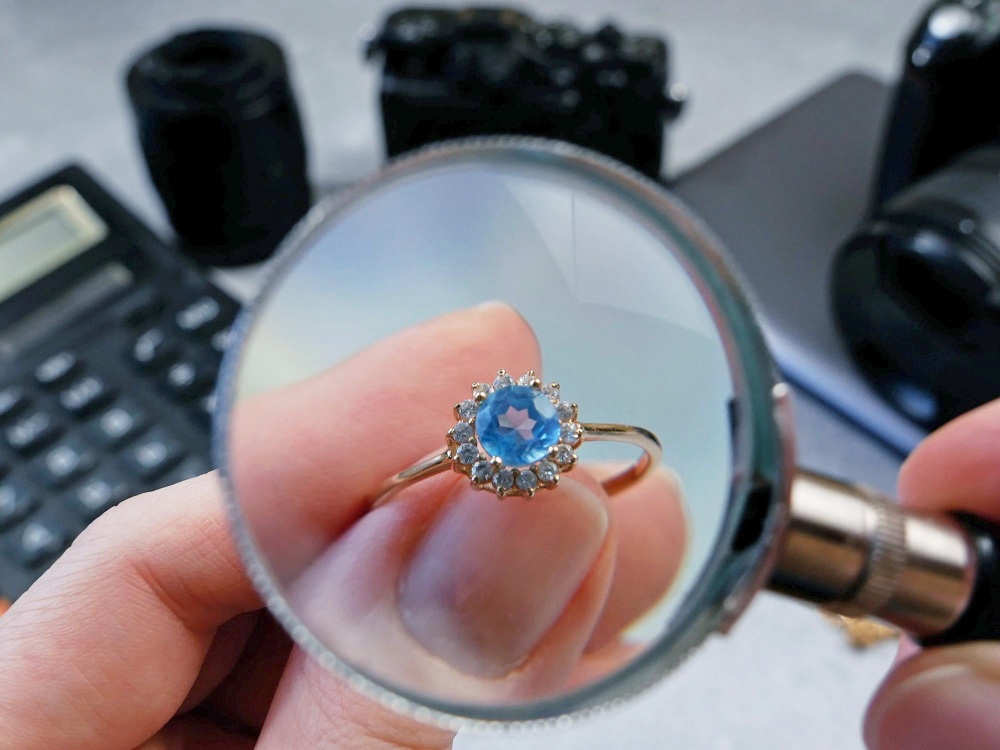Embarking on a manufacturing business centered on lab-cultured diamonds is a journey that combines scientific knowledge, business acumen, and a strategic approach. The rising popularity of lab created diamonds, due to their ethical and environmental advantages over traditional mined diamonds, presents a promising business opportunity.
This business requires the implementation of advanced techniques like chemical vapor deposition (CVD) or high-pressure high-temperature (HPHT) processes for diamond synthesis. Therefore, you will need to manage this to control the synthesized diamonds’ crystal structure and purity levels. Further, you should monitor the growth process to achieve the desired color, clarity, and size specifications.

Post Contents
Starting a Lab Created Diamonds Manufacturing Business
From sourcing raw materials to marketing the finished product, every step in this venture demands meticulous planning and execution. Here is a comprehensive guide on how to establish a lab-cultured diamond manufacturing business:
· Market Research and Feasibility Study
Conduct thorough market research to understand the demand for lab-grown diamonds, consumer preferences, and existing competitors. Analyze the market trends, pricing strategies, and potential target demographics. A feasibility study will help assess the viability of your business idea, considering factors like production costs, regulatory requirements, and potential revenue streams.
· Business Plan Development
Create a detailed business plan outlining your company’s objectives, target market, competitive analysis, operational strategies, and financial projections. Define your unique selling propositions (USPs), such as sustainable manufacturing processes, customization options, or innovative designs, to differentiate your brand.
· Legal and Regulatory Compliance
Familiarize yourself with the legal and regulatory framework governing the lab-grown diamond industry in your region. Obtain necessary permits, licenses, and certifications to operate a manufacturing facility. Ensure compliance with environmental regulations, labor laws, and intellectual property rights to avoid legal complications later.
· Setting Up the Manufacturing Facility
Establish a state-of-the-art manufacturing facility with advanced technology and machinery for diamond synthesis and processing. Collaborate with materials science, engineering, and gemology experts to design and optimize the production process. Create a cleanroom environment with controlled temperature, pressure, and humidity to ensure precise diamond growth.
· Raw Material Sourcing
Procure high-quality carbon sources and diamond seed crystals required to synthesize lab-grown diamonds. Explore sustainable carbon sources, such as methane or carbon dioxide, and establish supply chain partnerships with reliable suppliers. Conduct rigorous quality checks to ensure the purity and consistency of raw materials, essential for producing diamonds with desirable characteristics.
· Diamond Cutting and Polishing
Once the diamonds are grown, they undergo cutting and polishing to enhance their brilliance and clarity. Invest in precision cutting equipment and skilled artisans to achieve optimal faceting and symmetry in the finished diamonds. Implement quality control measures to ensure uniformity in diamond dimensions and eliminate surface imperfections.
· Quality Assurance and Certification
Establish stringent quality assurance protocols to validate the authenticity and quality of your lab-grown diamonds. Collaborate with accredited gemological laboratories to certify the diamonds based on internationally recognized standards. Provide customers with certificates of authenticity and grading reports detailing the diamond’s characteristics, including carat weight, color, clarity, and cut.
· Marketing and Branding
Develop a comprehensive marketing strategy to promote your lab-grown diamond brand and attract potential customers. To reach a wider audience, utilize digital marketing channels such as social media, e-commerce platforms, and search engine optimization (SEO). In your marketing campaigns, highlight the ethical and environmental benefits of lab-grown diamonds, emphasizing factors like conflict-free sourcing and minimal environmental impact.
· Customer Relationship Management
Prioritize customer satisfaction by providing exceptional service throughout the purchasing process, from initial inquiry to after-sales support. Build long-term relationships with customers through personalized communication, loyalty programs, and feedback mechanisms. Encourage positive word-of-mouth referrals and testimonials to enhance your brand reputation and credibility in the market.
· Continuous Innovation and Improvement
Stay abreast of technological advancements and industry trends to remain competitive in the dynamic market of lab-grown diamonds. Invest in research and development initiatives to innovate new diamond synthesis techniques, enhance product quality, and expand your portfolio. Continuously seek feedback from customers and industry experts to identify areas for improvement and adaptation.
Final Thoughts
Embarking on the journey of starting a manufacturing business focused on lab-cultured diamonds requires dedication, innovation, and a commitment to sustainability. By following these steps and leveraging strategic partnerships and technological advancements, you can establish a successful venture that meets the growing demand for ethically sourced diamonds and contributes to the evolution of the diamond industry towards a more sustainable future.